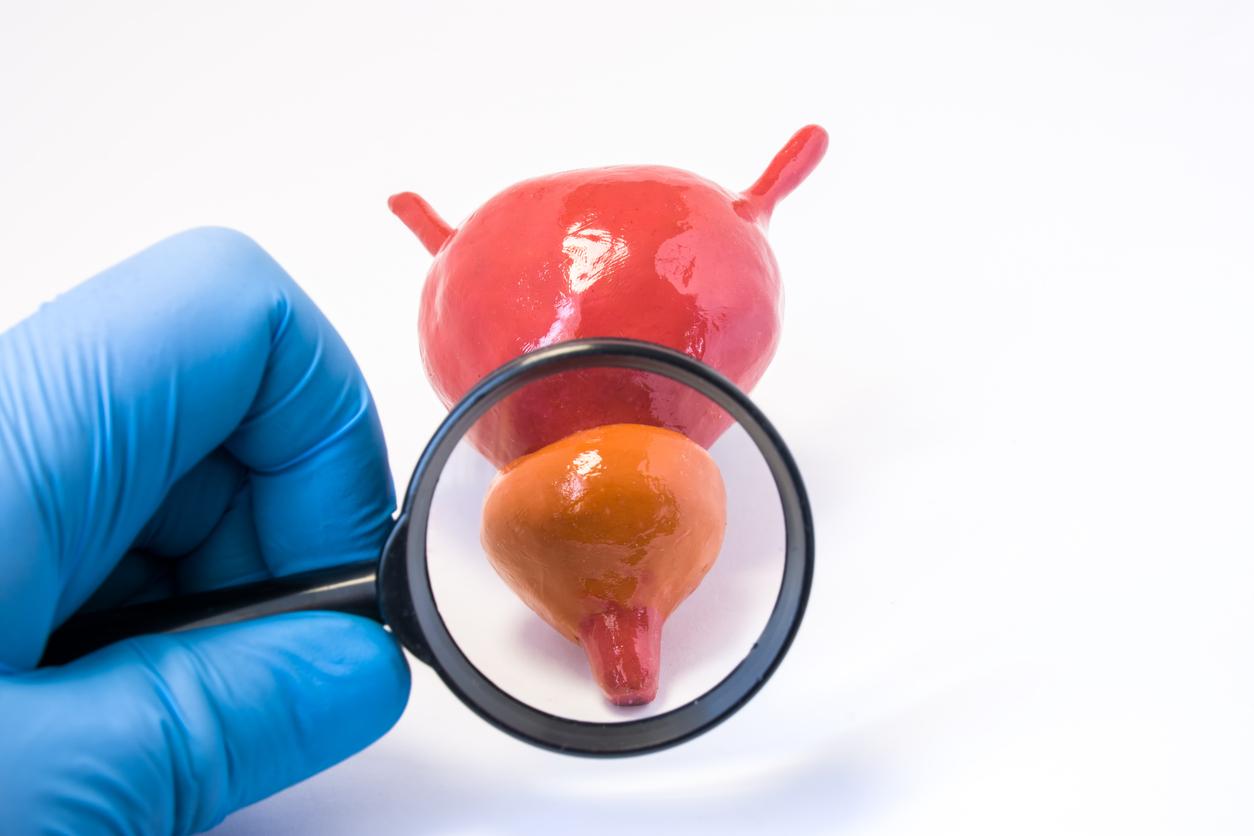Researchers have accidentally identified a pair of glands located in the center of our skull, behind the palate, while studying CT scans of patients with prostate cancer.

- The two new glands discovered in the center of the skull have been dubbed “tubal glands” by the researchers.
- These glands are connected to large drainage ducts.
- The researchers suggest that their role could be to lubricate the nasopharynx and oropharynx, the two upper parts of the pharynx, to facilitate the swallowing mechanism.
It’s a hard-to-reach area in our skull that was accidentally reached by Dutch researchers. They were examining patients with prostate cancer when they discovered what looked like a pair of previously unknown salivary glands. The researchers shared this finding in the journal Radiotherapy & Oncology on October 16.
The tubal glands
The researchers performed a PSMA PET-scan, a type of medical imaging used to detect and monitor prostate cancers by targeting a specific marker, Ga-PSMA. The researchers also injected a radioactive tracer. The combination of these two processes led the researchers to observe a new structure at the back of the nasopharynx. “Subjects have three sets of large salivary glands…but not there normallywondered Wouter Vogel, oncologist at the Dutch Cancer Institute. As far as we know, the only salivary or mucous glands in the nasopharynx are microscopically small, and up to 1,000 of them are evenly distributed over the mucous membrane. Imagine our surprise when we discovered these glands!”
The three types of saliva previously known are located either near the ears, below the jaw or under the tongue. The two newly discovered glands in the center of the skull have been dubbed “tubal glands” by the researchers. This refers to their anatomical position, just above a structure called “torus tubarius”.
A discovery to take into account for cancer therapies
The tubal glands were observed on the CT scan of the 100 patients included in the study. They were also in two deceased patients and autopsies revealed that these glands are connected to large drainage ducts. This indicates that the glands do serve a purpose and are connected to another part of the body. The researchers suggest that their role could be to lubricate the nasopharynx and oropharynx, the two upper parts of the pharynx, to facilitate the swallowing mechanism.
Further research is needed to better understand the role of these glands. This discovery could have consequences for cancer treatments since the salivary glands are very sensitive and can be damaged during therapy and should be avoided. Radiotherapy treatments for head and neck cancers could lead to irradiation of the tubal glands which would lead to complications in patients. This could explain why people with this cancer often suffer from chronic dry mouth and swallowing problems.
.















